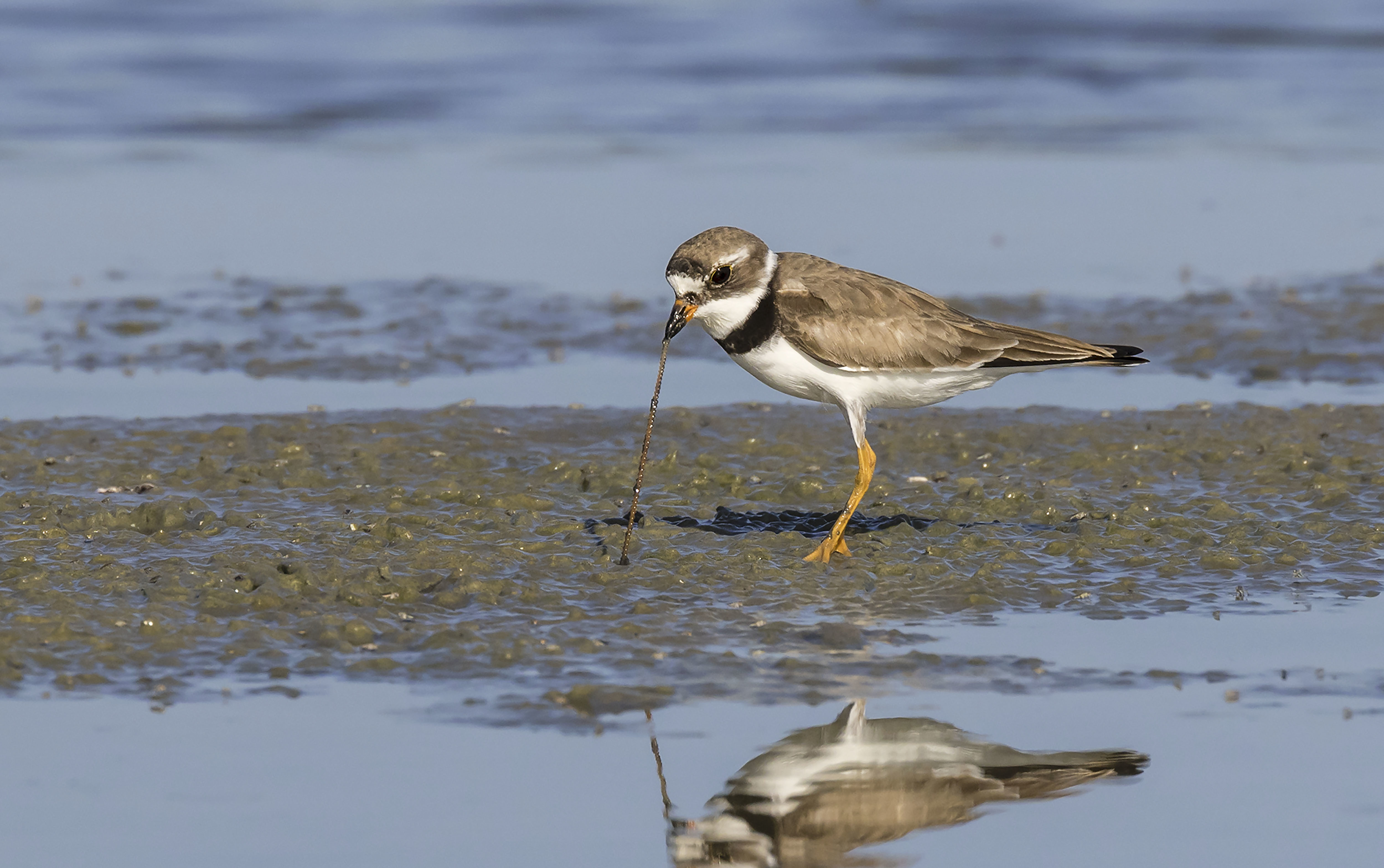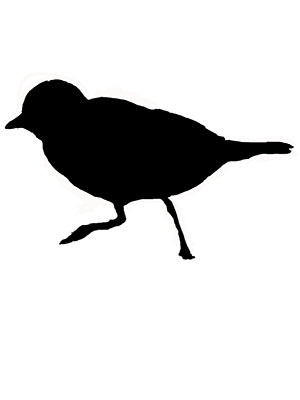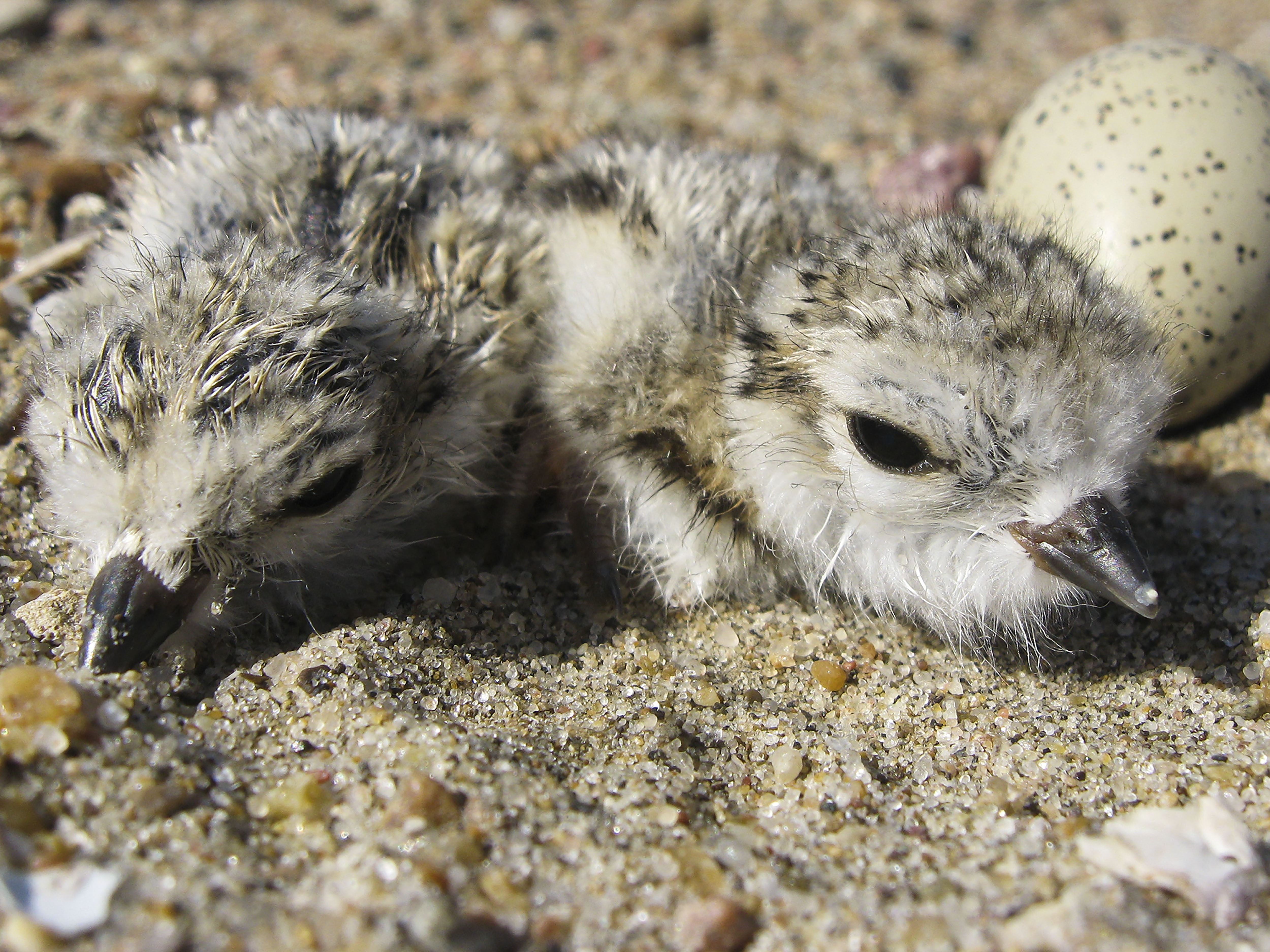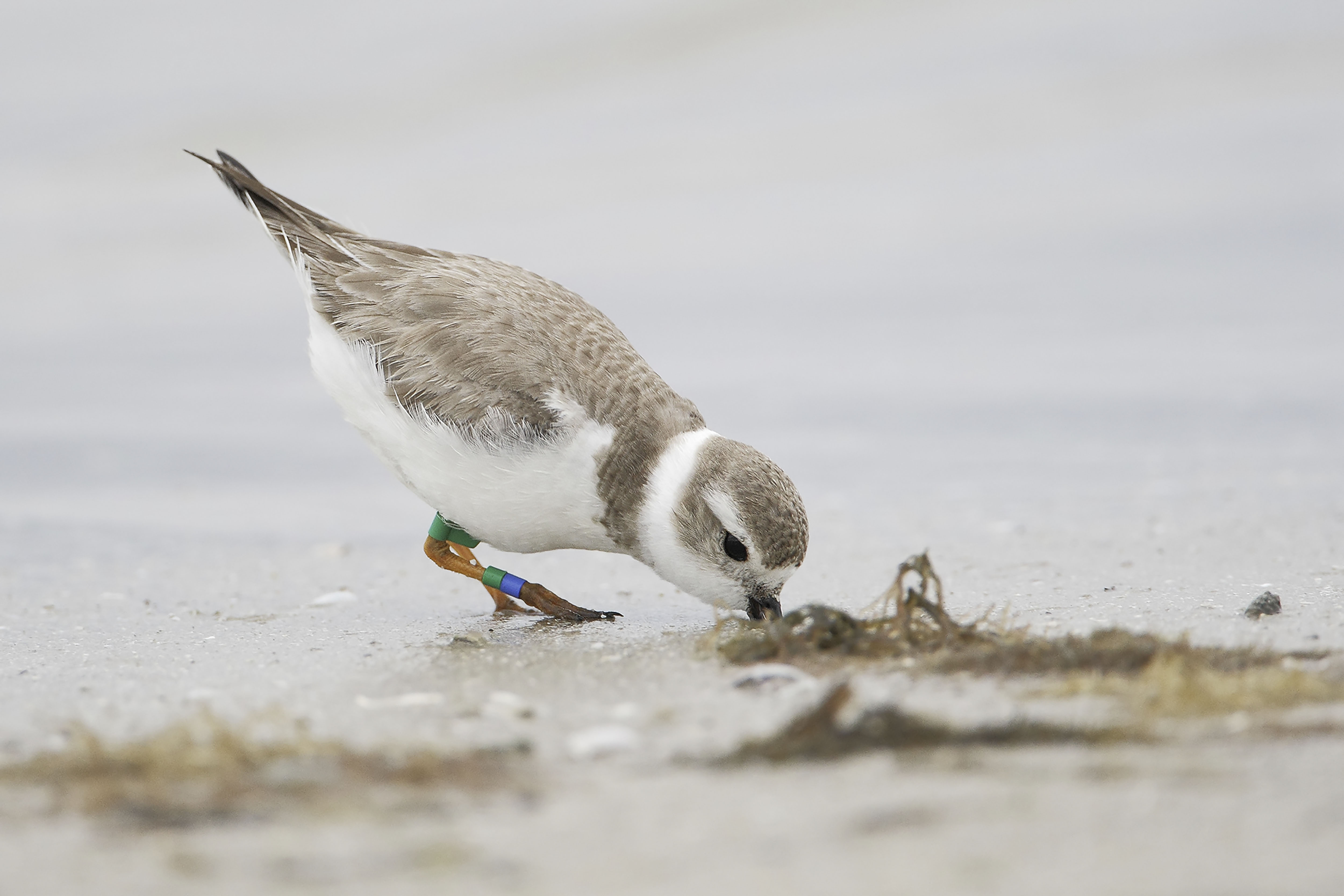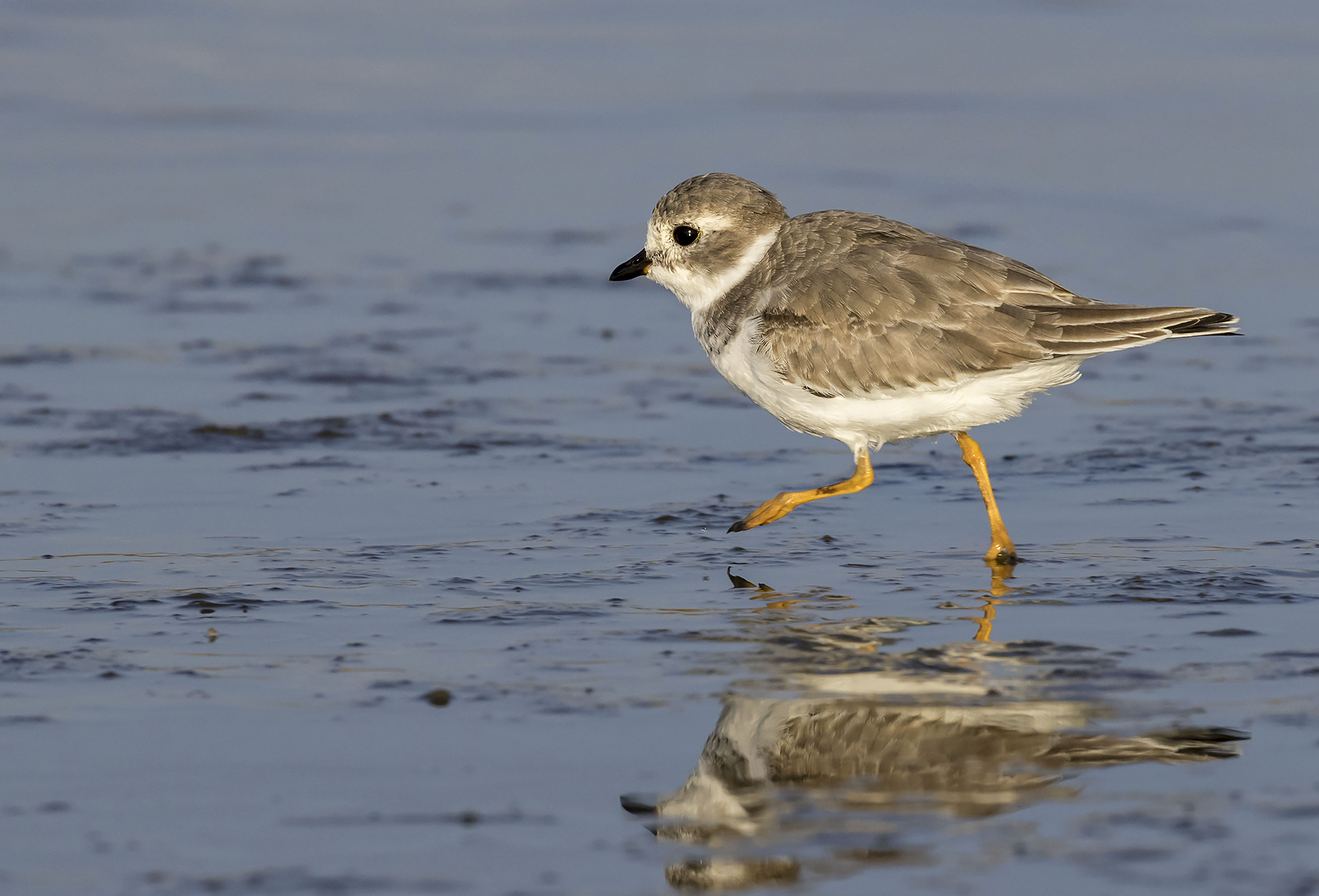Piping Plover
(Charadrius melodus)
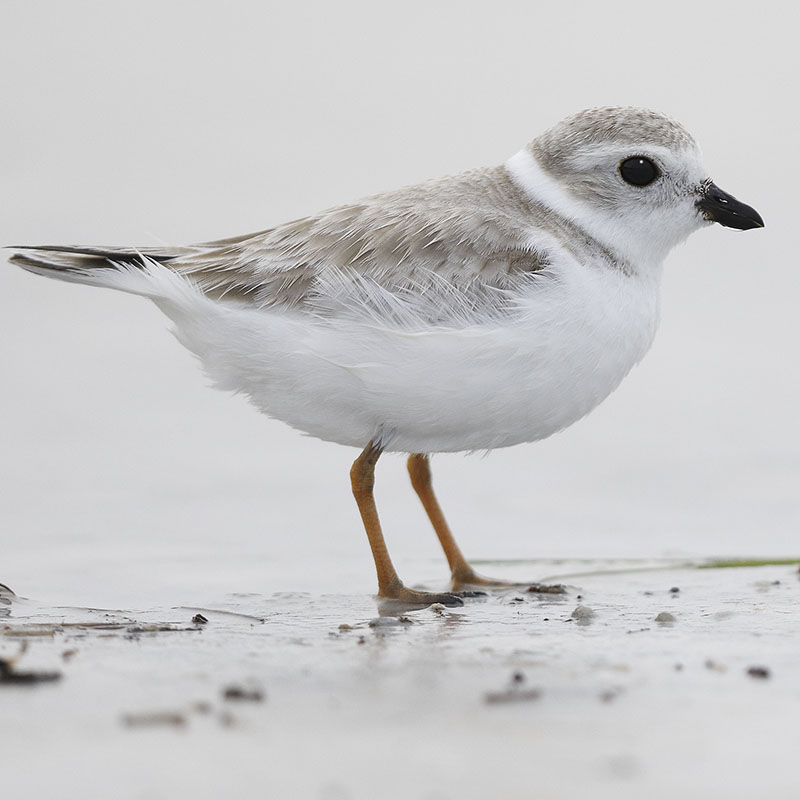
Sonoran-Baja Deserts
STATISTICS
Length up to
19 cm
Weight up to
64 g
Lifespan
14 years
Wingspan
41cm
Aggressive - Territorial - Flies
Nesting above the high tide line on beaches along the Atlantic Ocean in North America, the Piping Plover is a small, stocky bird with a sandy-coloring and yellow-orange legs. Navigating its ecosystem through short starts and stops, this shorebird finds easy camouflage among the sheltered inlets where it feeds and nests.
You can often hear its high-pitched whistle before you see it scurrying across the sandy dunes. This species typically resides in the United States and Canada, but can migrate as far south as the Bahamas during the winter months.
The Piping Plover, like most birds, performs a mating dance to attract a mate. Eggs are layered within a nest scrape in the sand, the female laying one egg every other day until four eggs are laid. The male and female share the chore of incubation for approximately 28 days.
Both adults and chicks feed on beach dwelling invertebrates such as insects, small crustaceans, mollusks, marine worms, fly larvae, and beetles. This species controls insect and crustacean populations on beaches.
BIODIVERSITY BENEFIT
Prey Population Control
THREATS
Climate Change
Coastal flooding and drought threatens this species.
Gas and Oil
Gas and oil industry dredging operations cause habitat disturbance.
Habitat Loss
Due to shoreline development.
PROTECT THE WILDARK 100


